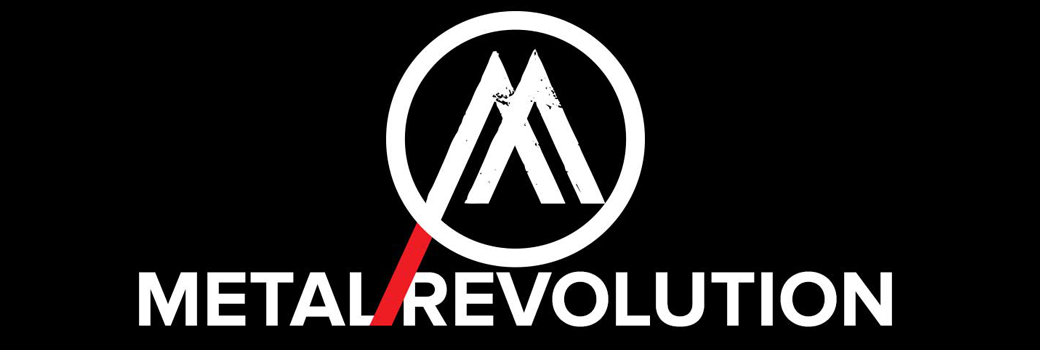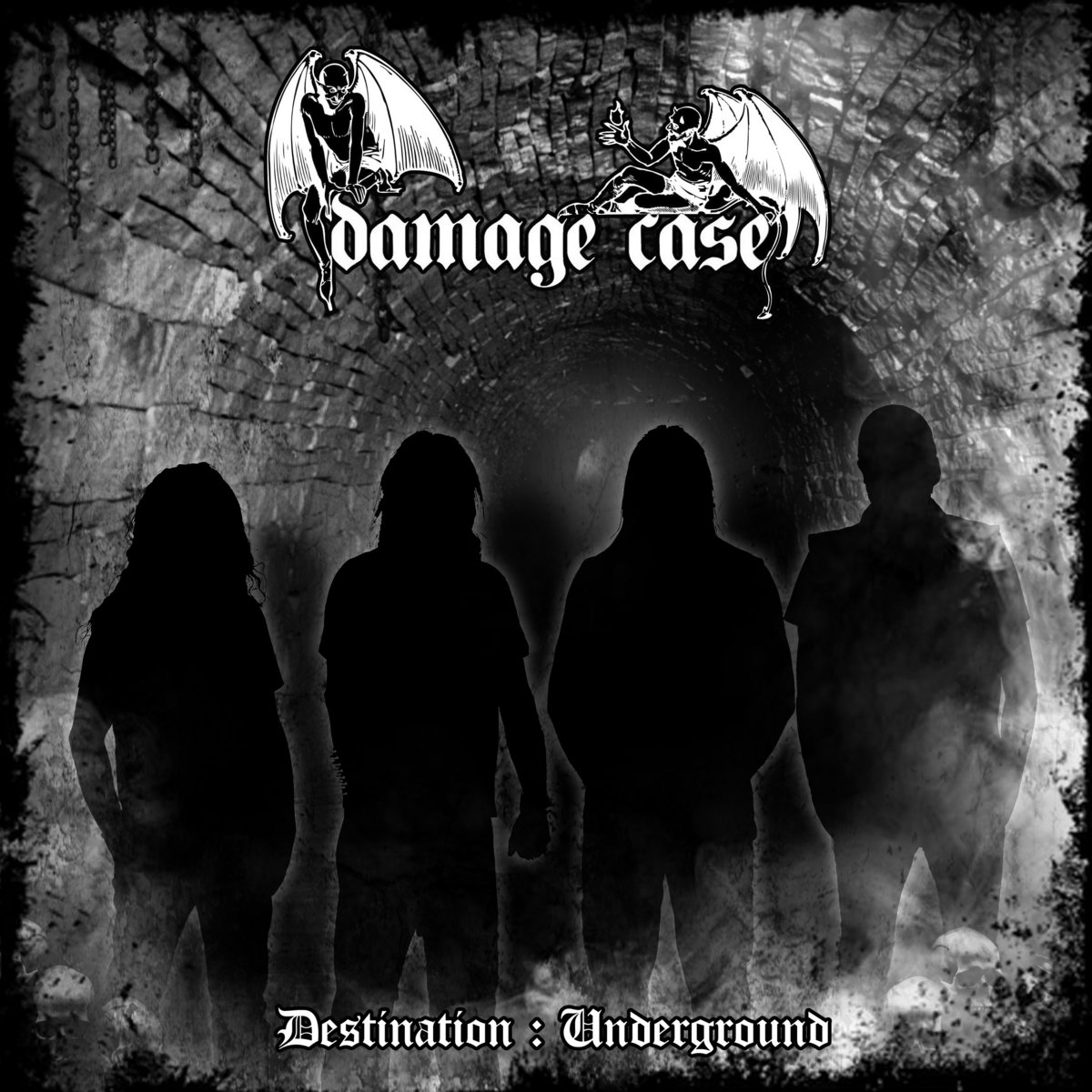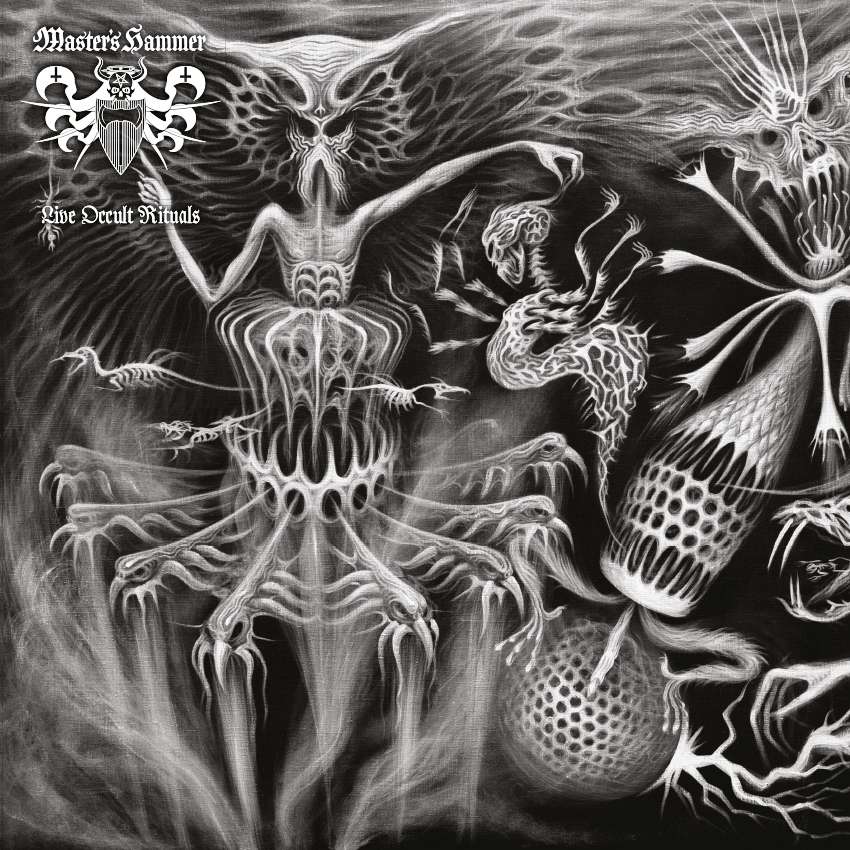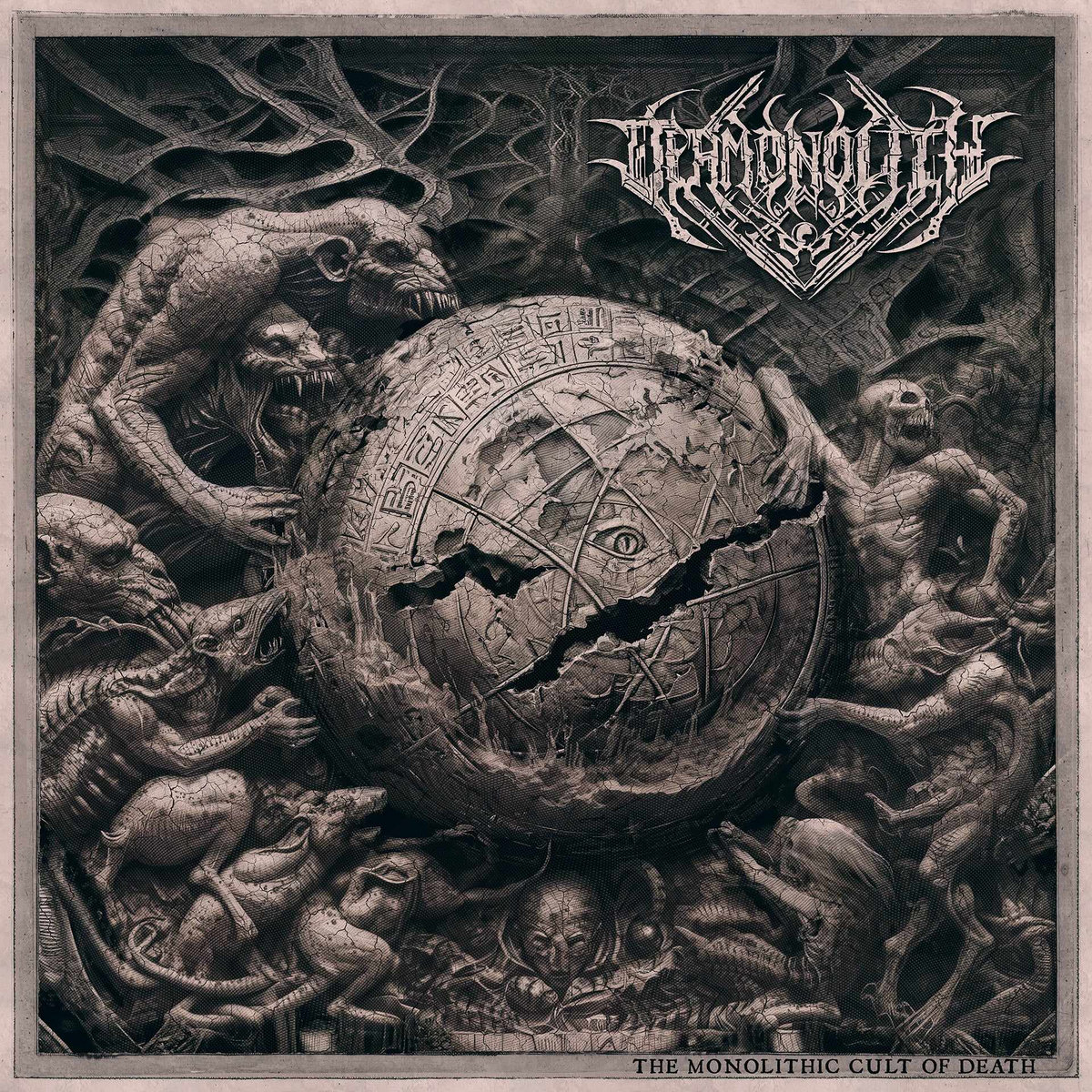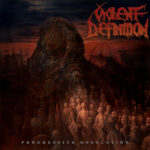
Violent Definition – Progressive Obsoletion
4th February 2025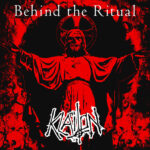
Klaïton – Behind The Ritual
12th February 2025Dream Theater – Parasomnia
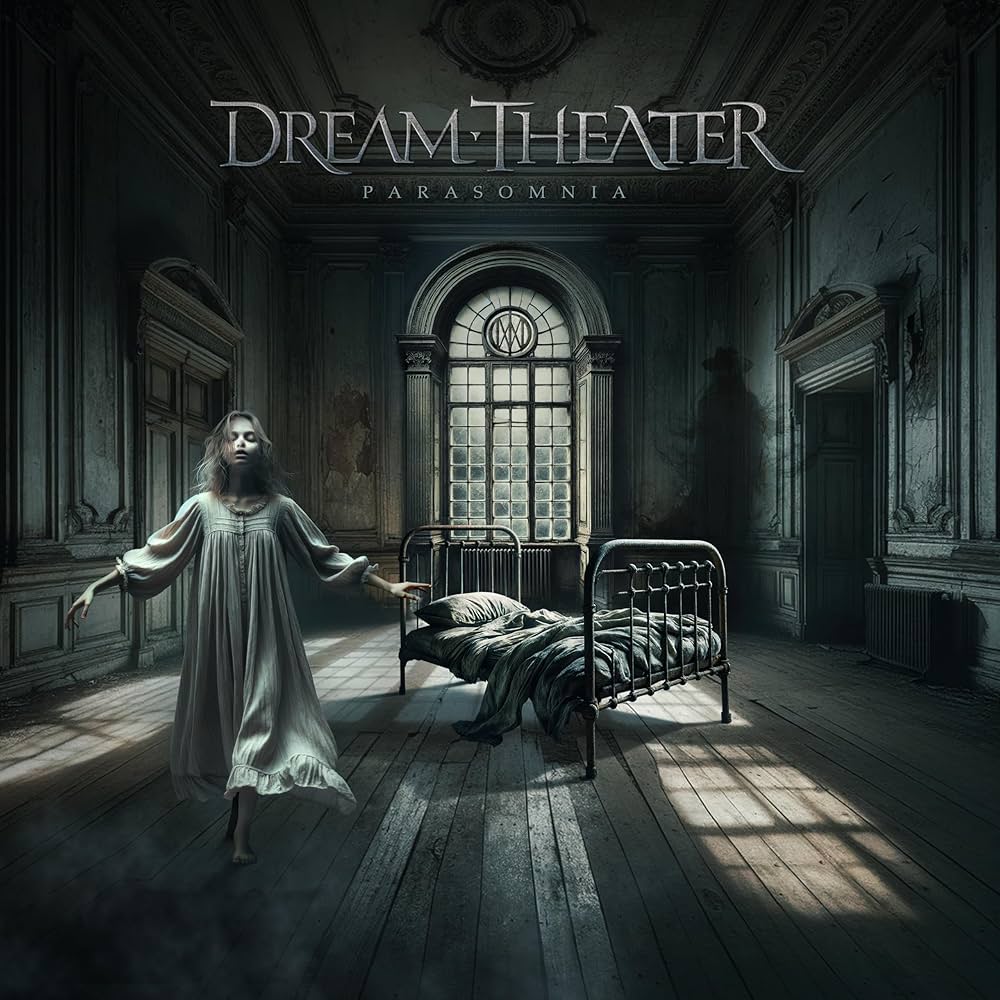
Label: InsideOut / Release date: 7th February 2025
The amount of buzz surrounding the return of drummer Mike Portnoy to Dream Theater was colossal, but to understand all the fuss, it’s important to know that Mike Portnoy has always been much more than just a prolific prog metal drummer. He has always taken on a large portion of press work, co-produced several of the band’s albums, was usually in charge of setlists, and played a key role in album concepts, artwork, and more. Since parting ways with the band he co-founded, Portnoy has worked with countless (super)groups such as Sons of Apollo, The Winery Dogs, Flying Colors, Metal Allegiance, Transatlantic, and The Neal Morse Band.
In his absence, drumming duties have been filled admirably by Mike Mangini, at times even superiorly so, but the Portnoy-shaped void has never truly been filled – especially when it comes to the fans.
During his absence, Dream Theater continued to release albums regularly, totaling five, with especially the first of the five, A Dramatic Turn of Events, standing tall.
Aside from the change in drummers, Parasomnia, the follow-up to the band’s 2021 A View from the Top of the World, seems very much like a typical Dream Theater record. It’s once again produced by John Petrucci, without Portnoy joining in as he did on his last six albums with the band. Hugh Syme has once again created the artwork, and it’s among the finest he’s done for the band. Nevertheless, it seems time to gain a new perspective on Dream Theater’s artwork, and this milestone album would’ve been a good place to start.
Just like its predecessor, the album is mixed by Andy Sneap, so it goes without saying that the result is a clean-sounding and exceptionally balanced record. Sonically, it’s a natural step forward, starting with A Distance Over Time, and on Parasomnia really they perfect this approach, with every sound standing so distinctively and has a dedicated place in the overall soundscape.
Fortunately, Petrucci has continued to move away from the sharp, unnatural-sounding drum tones introduced on The Astonishing. The drums on this album sound utterly amazing, and despite being massive, they never dominate the overall sound of the album, nor do they stand out in any way.
Speaking of the drums, as soon as Portnoy enters on the opener, “In the Arms of Morpheus,” he makes his presence known. He might not be the most original or groundbreaking drummer, but there is something extremely distinctive about him, and the way his style fits and plays a distinctive role in the sound of Dream Theater. While Mangini might have contributed more creatively and definitely more tastefully in his drumming, Portnoy’s drumming is Dream Theater’s drumming.
The concept behind Parasomnia centres around sleep disorders, which is evident in the lyrics, artwork, and general feel of the music. It’s further emphasized by diverse special effects and interludes – some of which come across as trivial and cliché, because they’ve been overused for decades.
The above-mentioned “In the Arms of Morpheus” is an instrumental that sets the tone for the feel of the album, with special effects, eerie passages, and some of the most down-tuned Petrucci riffs that wouldn’t be out of place on a Meshuggah record. At the same time, it’s an indication that this is a heavy record, easily the band’s heaviest since 2009’s Black Clouds & Silver Linings.
The intro does set the tone for the record, but it’s also too long, and generally, it sounds like something the band has done countless times before. It’s followed by “Night Terror,” which served as a perfect first single, and it also serves as a perfect follow-up to that opening instrumental. The song doesn’t really offer much new, but it executes flawlessly on what the band has built over the past 35 years.
In many ways, the same can be said about the rest of the album, but when the band has played a major role in defining prog metal, and they are so good at what they do, it makes sense not to change the formula too much. The safer approach also works into cementing the return of Portnoy. It’s also most likely that the heavy approach, inspired by Train of Thought and Black Clouds & Silver Linings, will next time be replaced by the more classic prog approach of Images and Words and Metropolis Pt. 2: Scenes from a Memory.
One of the highlights of the album comes halfway through in the form of “Dead Asleep,” which is so eminently executed and arranged. Wrapped in a tasteful intro and outro, the song is based around monstrous chugging riffs from Petrucci, and unlike some other songs on the album, keyboardist Jordan Rudess unfolds in the form of beautiful passages, adding immensely to the feel of the song. This song is a masterclass in making an 11-minute-long track feel not a moment too long. James LaBrie delivers very well on this song and on the album in general. Unfortunately, the case was not the same when the band visited Copenhagen a few months back.
LaBrie truly shines on another highlight of the album, “Bend the Clock,” which starts as a typical Dream Theater ballad before developing into a mid-tempo prog rock anthem. It’s extremely melodic and delicate in its core and delivery. It also features one of those stunning, classic end-of-the-song solos by Petrucci.
The album closer, “The Shadow Man Incident,” clocks in at over 19 minutes, but it’s not one of those extremely long songs that works perfectly, like for instance the title track from 2005’s Octavarium. It’s a strong song with the potential to be much stronger if it were more focused and trimmed down to half its length or so. The same can be said about the opener and “Are We Dreaming?”—despite adding to the atmosphere of the album, these could’ve easily been left out.
On Parasomnia, the band touches upon most of their trademarks and at times comes too close to their back-catalogue. Examples are many, but the riffing on “Midnight Messiah” is basically the same as on “As I Am,” and the last few minutes of the album use grand ending tricks the band has pulled off so many times before.
This album requires at least 5–6 spins to get into, because after the first one or two, the feeling of anticlimax starts to fade as the album’s many less apparent elements begin to reveal themselves, adding to the whole that is Parasomnia. It’s hard to live up to the hype created by the return of Portnoy to the band, and while they didn’t create something that will stand as a milestone in their discography, Dream Theater might have just created their strongest album since A Dramatic Turn of Events. As for creating a career-defining milestone, the return of Portnoy to the band is just that, but musically, the last time the band created one was 20 years ago.
